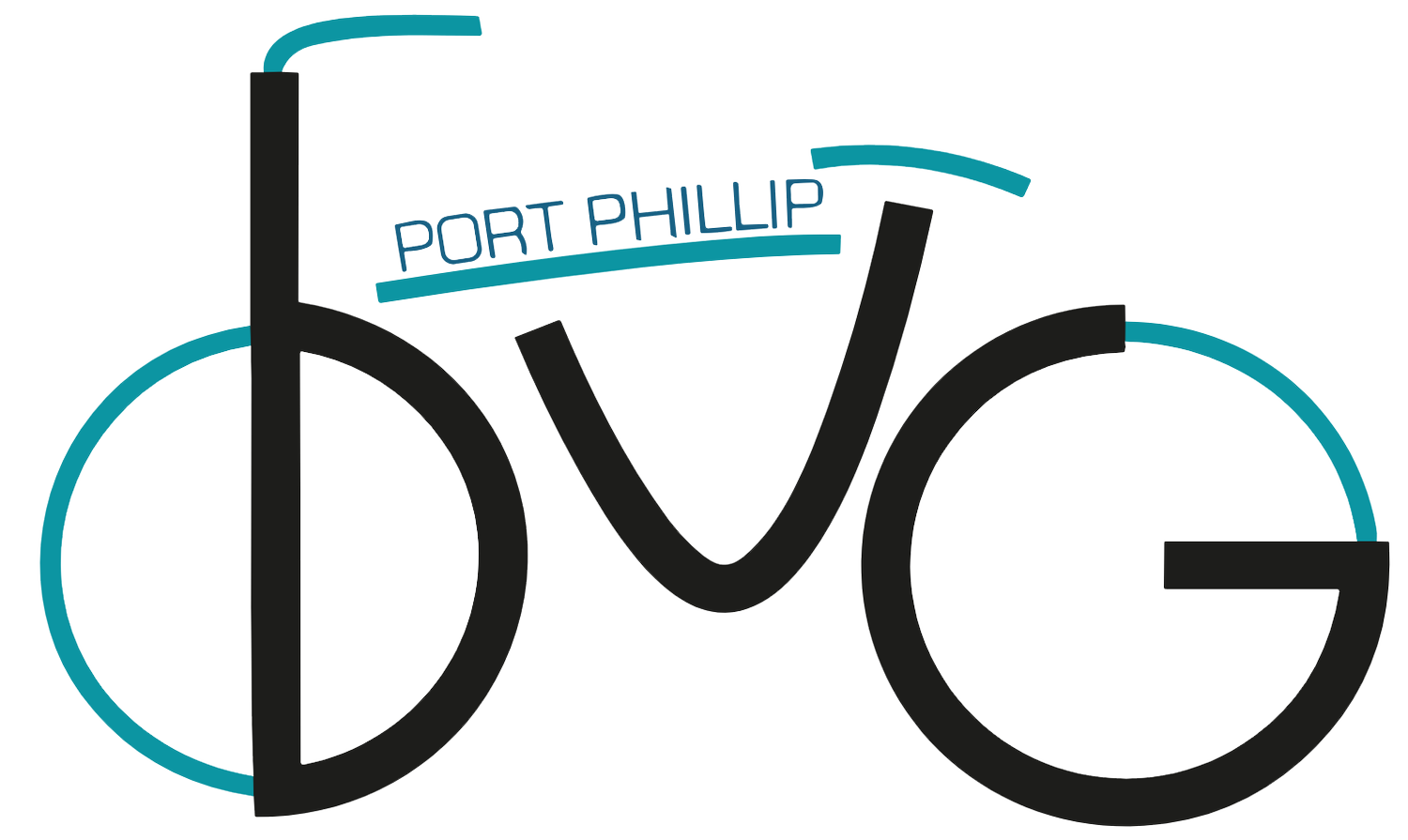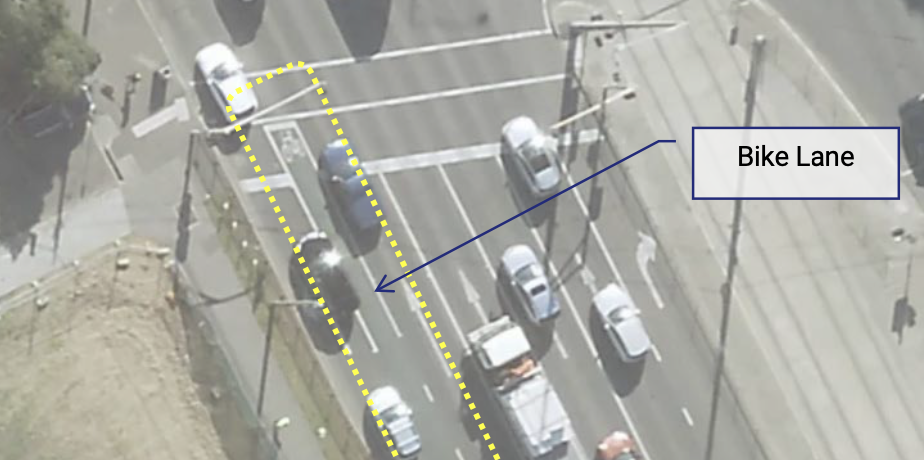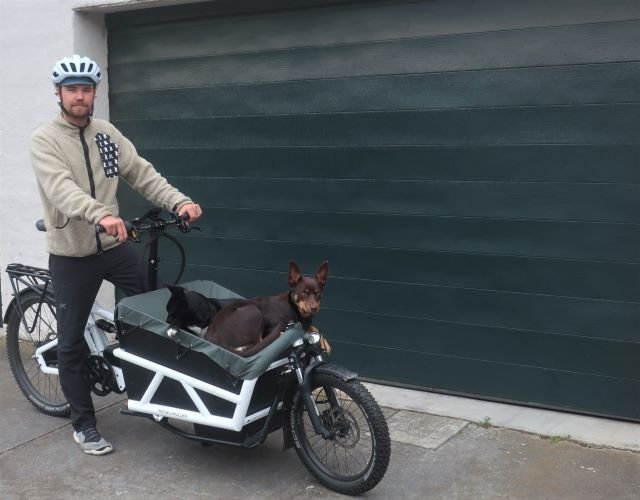QUOTES:
“Kerferd Rd is an extraordinarily wide corridor, with ample room for people walking, on bikes, driving and parking. A separated bike lane would be a wonderful community asset that gives people more options for sustainable travel. It would connect Anzac station and the new St Kilda Rd bike lanes, Albert Park, and the beach.”
Port Phillip Bicycle Users Group president, Julie Clutterbuck.
“The Heart Foundation supports the construction of protected bike lanes on Kerferd and Albert Roads. Active transport plays an important role in improving cardiovascular health. However, many are put-off cycling on busy roads with high levels of traffic where there is a greater risk of collision between cyclists and vehicles. Installing a separated cycle lane on Kerford and Albert Roads would help reduce potential collisions and provide cyclists with a safe and convenient way to travel by bike, making cycling a more attractive option for everybody.”
Peter Thomas, Heart Foundation National Manager, Public and Local Affairs
“Victoria Walks supports the construction of protected bike lanes on Kerferd and Albert Roads. Research has demonstrated that people walking, especially older people and those living with disability, are often intimidated sharing paths with bikes. When we surveyed seniors on walking – generally, not specific to shared paths or cycling – and asked what measures might improve feelings of safety, the top rating suggestions were:
1. Better cyclist behaviour on shared paths
2. Reduce cycling speed on shared paths
The reasons for providing separated paths are further explained in Victoria Walks’ position statements on shared paths and footpath cycling and associated background research.
The increasing popularity of e-scooters, e-bikes and other emerging devices means that attractive, separated bike lanes will only become more essential to support those transport options and ensure that footpaths remain usable for pedestrians, particularly older people and people with disability.”
Dr Ben Rossitor, Executive Officer, Victoria Walks
“The Port Phillip Emergency Climate Action Network (PECAN) supports the construction of protected bike lanes on Kerferd and Albert Roads. This very wide corridor has ample space to share for people walking, cycling and driving safely. We know that well-designed and networked bike lanes will increase cycling, giving Melbournians more options for sustainable active transport.
With the recent boom in e-scooters, attractive, separated bike lanes are also essential for ensuring that footpaths remain usable for pedestrians, particularly for older people and people with disabilities.”
Rhonda Small, for PECAN Co-ordinating Group pecan.org.au@gmail.com
“Kerferd Road is a broad boulevard through the beach-side suburb that has plenty of road space for high quality bike infrastructure. And just as critically, the route is also mapped as a Strategic Cycling Corridor (SCC) in the government’s plan for Melbourne’s arterial bike facility network. It runs from the Albert Park Beach to the future new Metro underground station, which is just a few years from being operational.
Bike transport is no longer discretionary. The Kerford and Albert Road corridor has been years in the planning and is part of multiple strategies which have been subject to much review and consultation. It is incumbent on the government to proceed swiftly, efficiently and with singular purpose.”
Bicycle Network, www.bicyclenetwork.com.au
"The BetterStreets for Victoria and Australia coalition supports the construction of protected bike lanes on Kerford and Abbott Roads. These bike lanes would support our coalition members vision for safe, healthy, people-friendly, climate-friendly streets that are accessible to all of us, to give people more options to move around safely and enjoyably. When would be a good time to make streets safe for our children? If not NOW, when? The time to choose better is now. The benefits to the community go beyond just local children, teenager, and elderly independence - these corridors would elevate tourism, access to key destinations in Melbourne and Port Phillip generating significant economic activity to local businesses."
Dr. Megan Sharkey, Board, BetterStreets for Victoria and Australia
Port Phillip Ecocentre and Port Phillip Baykeeper
“Port Phillip EcoCentre wholeheartedly supports the construction of protected bike lanes on Kerferd and Albert Roads. Availability of well-designed and networked lanes for bikes and scooters will increase choice of these modes of transport, reducing our collective carbon footprint.
Well defined lanes clearly separating transport modes will increase safety: reducing conflict between cyclists/scooters and cars on roads, and with pedestrians on footpaths; resulting in less stress for all concerned. Provision of sustainable active transport options to the beach, will also promote personal wellbeing through more time spent enjoying our beautiful Port Phillip Bay.”
Neil Blake, Port Phillip Baykeeper.
Background on the Kerferd Rd bike lane at the Port Phillip Bicycle Users Group blog.


























